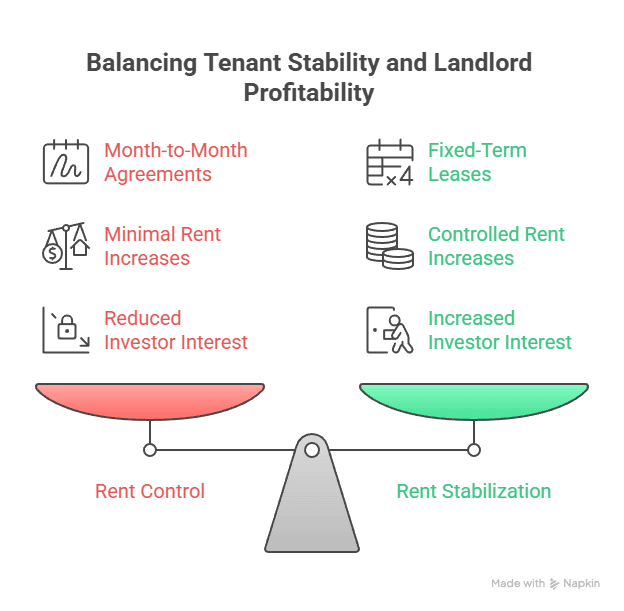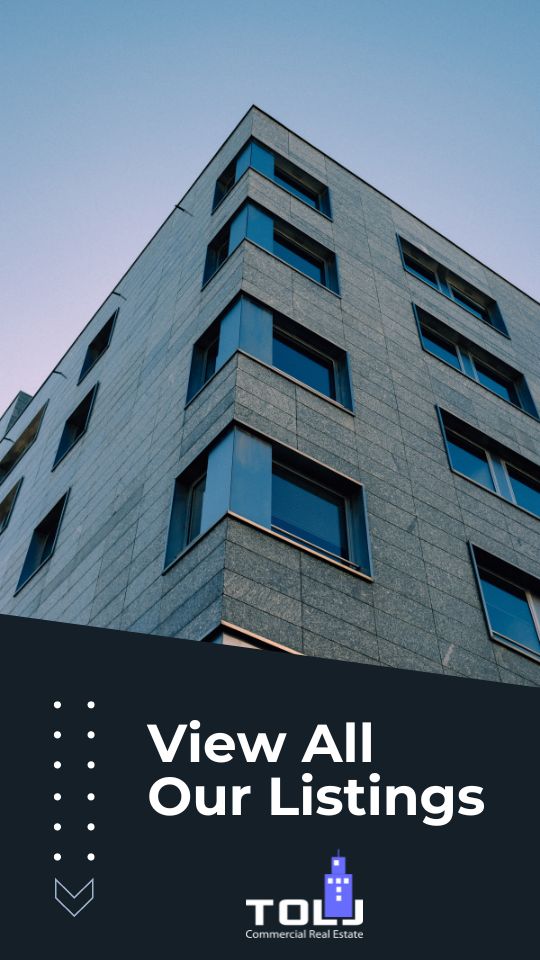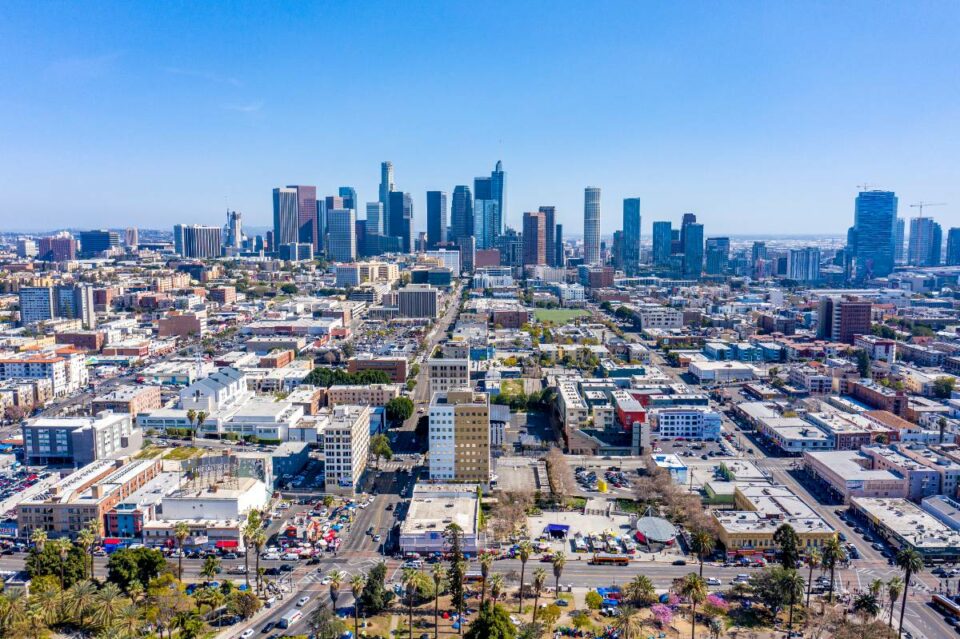After nearly two decades in commercial real estate, I’ve witnessed countless conversations between property owners and tenants about rent regulations. The distinction between rent control vs rent stabilization often gets overlooked, as these terms frequently get thrown around interchangeably, but they’re actually quite different beasts. Whether you’re a landlord navigating housing policies or a tenant trying to understand your rights, knowing these distinctions can save you time, money, and potential legal headaches down the road.
Key Takeaways
- Rent control freezes rents at specific prices with strict limits on increases, while rent stabilization allows controlled annual increases based on guidelines set by local boards.
- Rent-controlled units are extremely rare and typically found in older buildings (pre-1947) with continuous occupancy, whereas rent-stabilized apartments are more common and accessible in buildings with 6+ units built before 1974.
- Both systems provide tenant protection from excessive rent hikes and eviction without cause, but rent stabilization offers more flexibility for property owners while maintaining affordability.
The Stricter Approach To Rent Control
Rent control is a government program that places a ceiling on the amount that a property owner can charge for leasing a home or renewing a lease. In New York City, rent control operates under the Maximum Base Rent (MBR) system and generally covers apartments in buildings built before February 1, 1947, where the tenant is in continuous occupancy before July 1, 1971. These rent control policies create a controlled apartment environment where rent increases are severely limited.
What Makes Rent Control Different
From my experience working with property owners, rent control represents the most restrictive form of housing regulation. According to the 2023 NYC Housing and Vacancy Survey (HVS), there are about 24,020 rent controlled apartments – a relatively small number that continues to shrink each year. Each rent-controlled apartment functions as a stabilized unit with extremely limited rent hike potential.
The key characteristics of rent control include:
Fixed Pricing Structure: Rent control locks in rental rates, essentially freezing rents at specific levels with very limited opportunities for increases.
Succession Rights: One unique aspect I’ve observed is that rent-controlled tenants can pass their apartments to qualifying family members, creating generational tenancy situations where the rent-stabilized unit transfers within families.
Strict Eligibility: Rent control covers about 16,400 apartments occupied generally by an older, lower income population who have been in occupancy since July 1, 1971, or by their lawful successors. These rent control law provisions create a very exclusive housing stock.
The Reality for Property Owners
When I work with landlords who own rent-controlled properties, they often express frustration with the limited income potential. Rent control is a more extreme policy, limiting a landlord’s ability to make a profit and discouraging investment in rental property. This can create challenges for property maintenance and improvements, as owners struggle to generate sufficient revenue to cover rising operational costs.
Rent Stabilization: A More Balanced Framework
Rent stabilization is a form of rent regulation that helps combat the City’s housing crisis by making sure some units remain affordable. Almost half of all apartments in New York City are rent stabilized. The 1970s-era rent stabilization law regulates prices in about half of the city’s rentals, creating a substantial inventory of affordable housing options.
How Rent Stabilization Works
Unlike rent control, rent stabilization provides more flexibility while still protecting tenants. Rent stabilization allows for controlled increases through a structured system that I’ve seen work reasonably well for both parties. Each stabilized apartment operates under guidelines that help stabilize the rental housing market.
Annual Rent Guidelines: The allowable percentage increases are set by the rent guidelines board, whose nine members are appointed by the mayor. This creates predictability for both landlords and tenants regarding annual rent increase amounts.
Lease Renewal Rights: Tenants have automatic renewal rights, providing housing security without the permanent nature of rent control.
Market-Based Adjustments: The rents can only be increased for either one or two years, but these increases reflect economic realities better than strict rent control policies.
Eligibility and Scope
In New York City, apartments are under rent stabilization if they are in buildings of six or more units built between February 1, 1947, and December 31, 1973. This broader eligibility explains why there are about 960,600 rent stabilized apartments compared to the much smaller number of rent-controlled units. Finding a rent stabilized apartment is significantly easier than locating controlled apartment units in today’s market.
Key Rent Control vs Rent Stabilization Difference

Legal Frameworks and Tenant Agreements
One fundamental difference I always explain to clients involves the legal structure. Rent stabilized tenants have leases, while rent controlled tenants have month-to-month rental agreements. This distinction affects everything from eviction procedures to rent collection processes. The difference between rent regulation types impacts how landlords manage their rental housing portfolios.
Rent Increase Mechanisms
The contrast in rent increase procedures is stark:
Rent Control: Under the rent control rules, increases are severely limited and follow the Maximum Base Rent system, making any rent hike minimal.
Rent Stabilization: Under the current guidelines, rent stabilized apartment leases can include rent increases of up to the following percentages as determined annually by the rent guidelines board. This allows property owners to increase rent in a controlled manner.
Property Investment Impact
Rent stabilization is a more reasonable compromise, allowing for rent increases while providing tenant stability. This balance makes rent-stabilized properties more attractive to investors while still protecting tenants from excessive rent hikes.
The Broader Housing Market Context
Historical Evolution
Rent regulations were first enacted in the U.S. in the 1920s, although they have gone through several distinct historical phases since then. They are generally split into two types of regulation, also called “generations,” which harkens back to when the two different types were common historically: first-generation, or “rent controls,” which were common in the 1950s postwar housing boom, and second-generation, or “rent stabilization.”
Current Policy Trends
Across the country, as of 2024, 305 municipalities in the U.S. have rent control regulations. The only states that have rent control policies in place at the state or local level are California, Maine, Maryland, Minnesota, New Jersey, New York, Oregon, and Washington D.C.
Tenant Rights and Protections
Both systems provide significant tenant protections, but the scope varies:
Universal Protections
Eviction Safeguards: Under the Rent Stabilization Law, an owner may begin an eviction proceeding when the current lease expires, but only after the tenant is given written notice that the lease will not be renewed.
Harassment Prevention: Both rent-controlled and rent-stabilized tenants have protection against landlord harassment and illegal eviction attempts.
Specialized Rights
Preferential Rent Protections: The Housing Stability & Tenant Protection Act (HSTPA) of 2019 established that tenants paying a preferential rent on or after June 14, 2019, will retain it as long as they remain in the unit.
Senior Protections: If you are an older adult or have a disability, you might qualify to freeze your rent.
Finding Regulated Apartments
Identifying Your Status
To find out whether an apartment is regulated, contact the New York State Division of Housing and Community Renewal through their online portal. Here are some things to look out for to figure out if your home is rent stabilized: It may be written on your lease. Your rent amount might not be a round number (for example, your rent might be $2176.43 instead of $2100).
Market Availability
Unlike rent control, it’s much easier to find a rent-stabilized apartment. One million apartments, about 50% of NYC’s apartments, are rent-stabilized. They also do not require succession rights to rent one. Every rent stabilized apartment represents an opportunity for tenants seeking affordable housing without the extreme restrictions of controlled apartment units.
Economic Considerations for Property Owners
Revenue Implications
The financial impact on property owners differs significantly between the two systems. While rent control severely restricts income potential, rent stabilization allows for predictable annual adjustments that help offset inflation and rising operational costs.
Investment Strategy
These policies often work alongside affordable housing requirements and incentives for new construction, aiming to protect tenants from excessive rent increases while ensuring landlords can maintain profitability.
Future of Rent Regulations
Legislative Trends
With the passage of the Housing Stability and Tenant Protection Act of 2019, effective June 14, 2019, apartments remain stabilized, regardless of the rent level. This change eliminated previous deregulation thresholds, ensuring long-term stability for these programs.
Market Evolution
The housing affordability crisis continues to drive policy discussions. The issue of rent regulation has been revived in recent years, particularly in cities and states where spiraling costs of living combined with stagnant wages have created a housing affordability crisis for moderate-income residents and elderly people on fixed incomes.
Practical Implications for Stakeholders

For Property Owners
Understanding these distinctions helps in portfolio management decisions. Rent-stabilized properties often provide better long-term investment potential while still contributing to affordable housing goals.
For Tenants
Rent-stabilized apartments provide plenty of benefits to the renter: You don’t have to worry about a sudden increase in rent by your landlord. It provides affordable housing in an otherwise expensive city like New York. Each stabilized apartment offers protection against excessive rent hikes while maintaining reasonable access to quality rental housing.
Frequently Asked Questions
Can a rent-controlled apartment become rent-stabilized?
How often can landlords increase rent in stabilized apartments?
Are there any income requirements for rent-regulated apartments?
Can landlords refuse to renew rent-stabilized leases?
Do rent regulations apply outside of New York City?
Conclusion
The distinction between rent control and rent stabilization isn’t just academic – it has real-world implications for both property owners and tenants. While rent control provides maximum tenant protection through strict price controls, rent stabilization strikes a more sustainable balance that protects affordability while allowing property owners to maintain viable businesses.
If you’re navigating the complexities of commercial real estate or need guidance on property regulations, I’m here to help. Feel free to reach out – with 18 years of experience in this industry, I’ve seen how proper understanding of these regulations can make all the difference in achieving your real estate goals.




